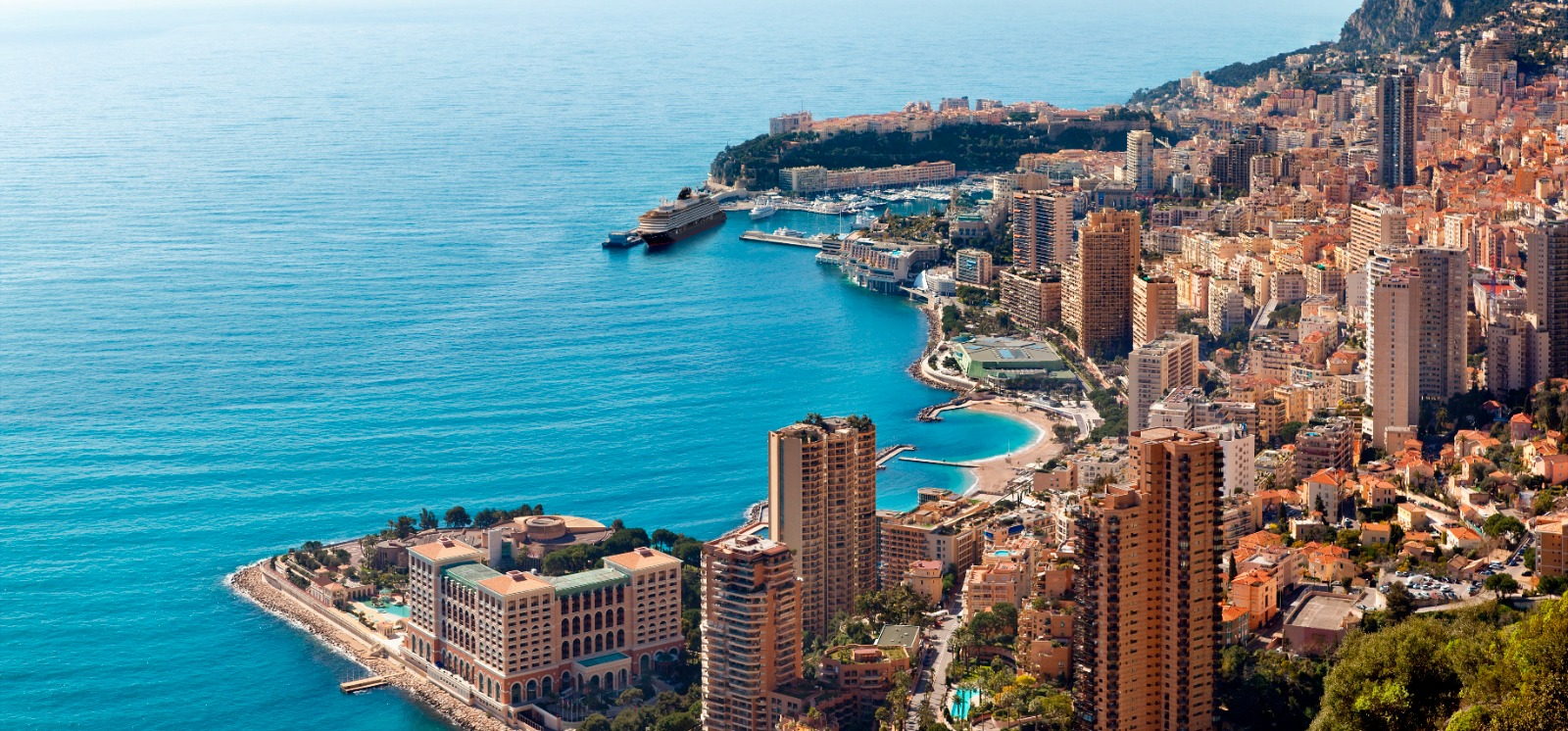Top Five Royal Gardens to Visit in Europe
Apr 13, 2016
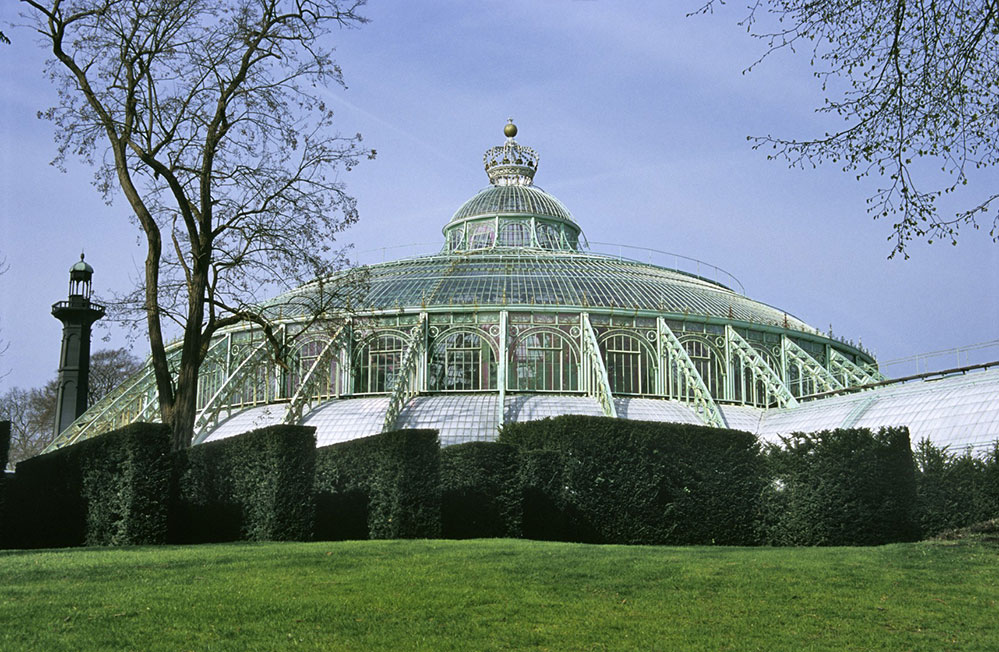
?As spring brings warmer weather to Europe, visitors can enjoy a breath of fresh air in the continent’s many royal parks and gardens. Here’s a look at five of Europe’s finest locations for a regal stroll, from botanic collections to restored kitchen plots.
The Royal Greenhouses of Laeken, Belgium
Royal Greenhouses of Laeken in Belgium are worth visiting for their impressive structure as much as for the plants themselves. These royal hothouses were built during the 19th century, benefitting from the latest technical progress in construction, notably with metal and glass. Designed for King Leopold II in 1873, the greenhouses are located in the grounds of the Royal Palace of Laeken in the north of Brussels. With their towering domes, the greenhouses rise like a veritable palace of glass. Certain plants are said to be of the original plantation ordered by Leopold II. The Royal Greenhouses are also home to rare plants. The Royal Greenhouses are only open to the public for a few weeks in spring each year, with 2016 openings running April 15 to May 6.
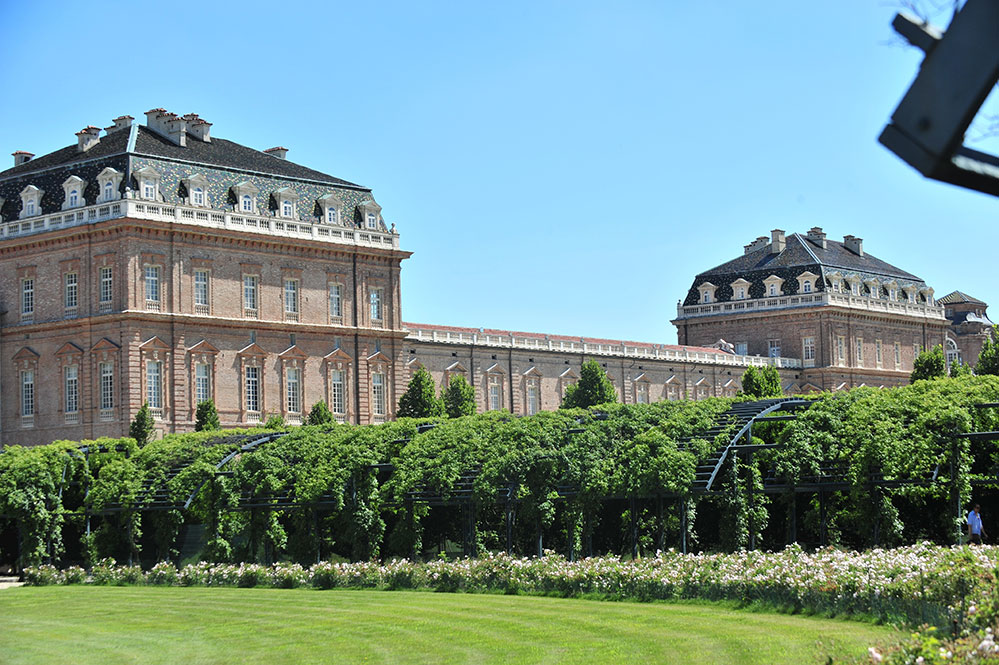
The Potager Royal of Venaria Reale, Italy
Built during the 17th and 18th centuries, the Palace of Venaria, in Venaria Reale, is located near the city of Turin. Classed as a UNESCO World Heritage Site, the palace is surrounded by gardens, including the “Potager Royal.” This kitchen garden is the largest of its kind in Italy, covering an area of 10 hectares. The garden was recently restored to produce what it originally provided for residents of the palace. It has been designed to respect the original project, with features such as fruit trees, a vegetable garden, water ponds and fountains set harmoniously among elements added during the renovation.
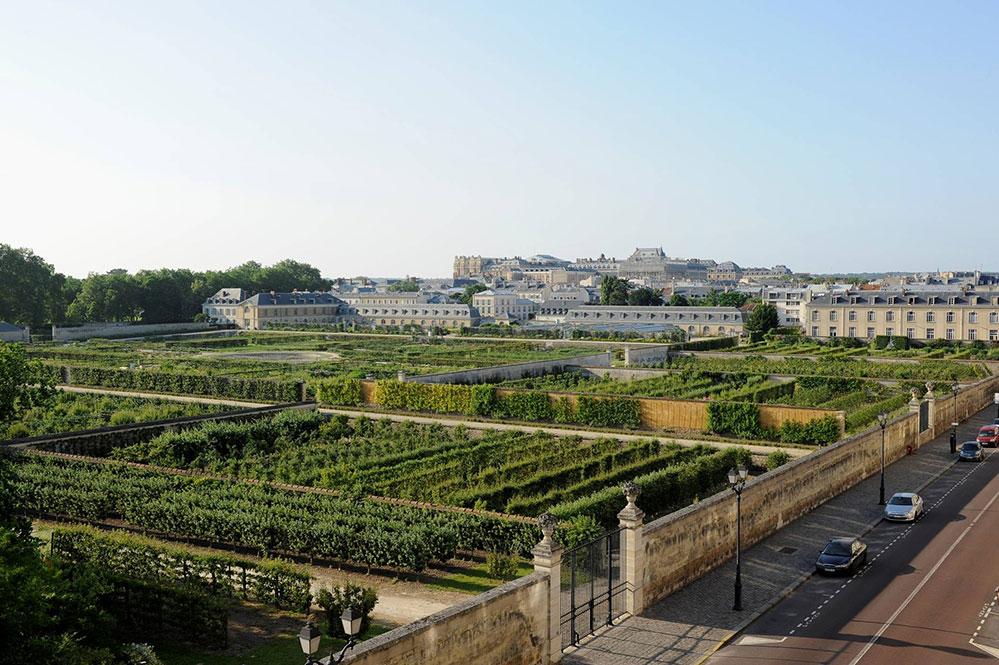
The Potager du Roi, Versailles, France
Louis XIV, one of the most renowned kings of France, was said to be a keen gardener. The so-called Sun King apparently learned to prune trees alongside his gardener, Le Quintinie. Charged with supplying the royal kitchens with fresh produce, Le Quintinie apparently worked wonders with the Versailles “Potager du Roi” in spite of its unproductive earth. The gardener used manures to suit the soil types, exploited sun exposure, and famously used glasshouses and cloches to harvest fruit and vegetables out of season. Split into several rented plots after the French Revolution, the kitchen garden was returned to the Versailles estate at the end of the First Republic in 1804.
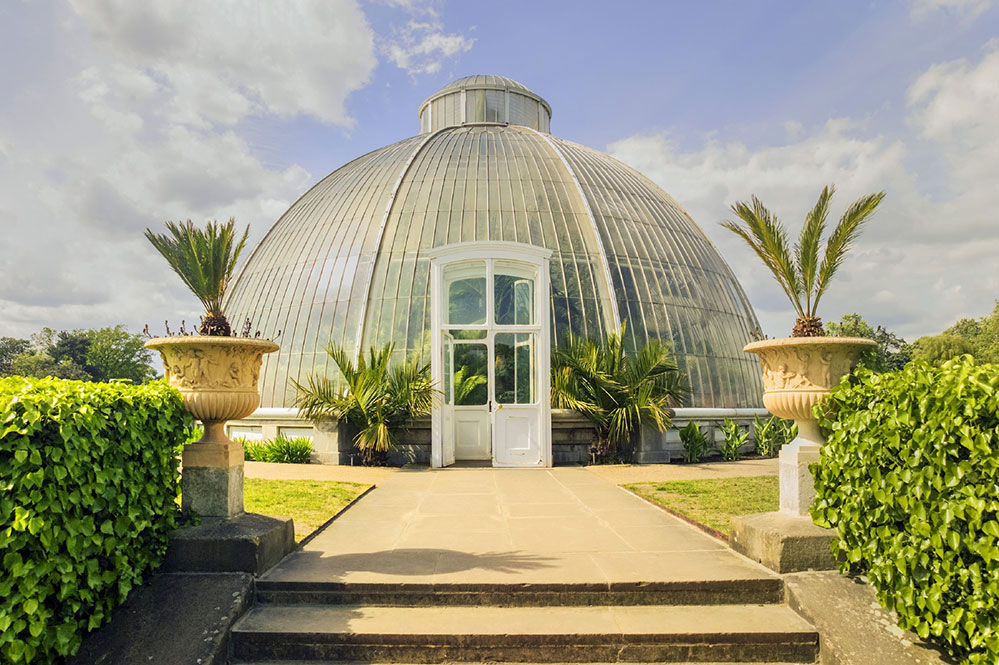
Kew Royal Botanic Gardens, London, UK
The Royal Botanic Gardens of Kew are historic landscape gardens on the outskirts of the British capital. UNESCO considers that Kew’s various elements offer examples of different periods of garden design, from the 18th to 20th centuries. Sitting alongside the River Thames and created in 1759, these gardens have contributed to the study of plant diversity and economic botany. This summer, starting in June, the Gardens will present The Hive, an exploration of the world of the honeybee, with Wolfgang Buttress’ installation used at the UK Pavilion at the 2015 Milan Expo.
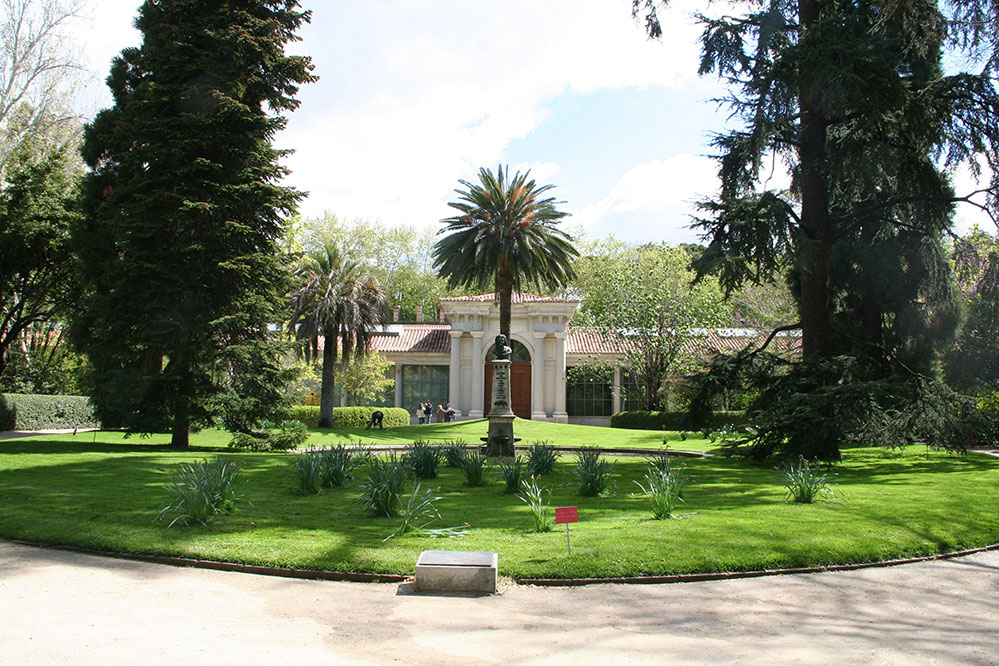
The Real Jardin Botanico, Madrid, Spain
Madrid’s royal botanic garden was founded by King Ferdinand VI. Created in 1755, this neoclassical-style garden located in the heart of the city is dedicated to conservation and raising awareness about plants. It’s home to over 5,000 different species and has two greenhouses with tropical, temperate and desert climate zones.





























